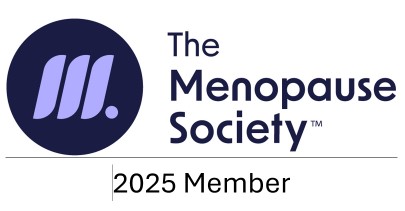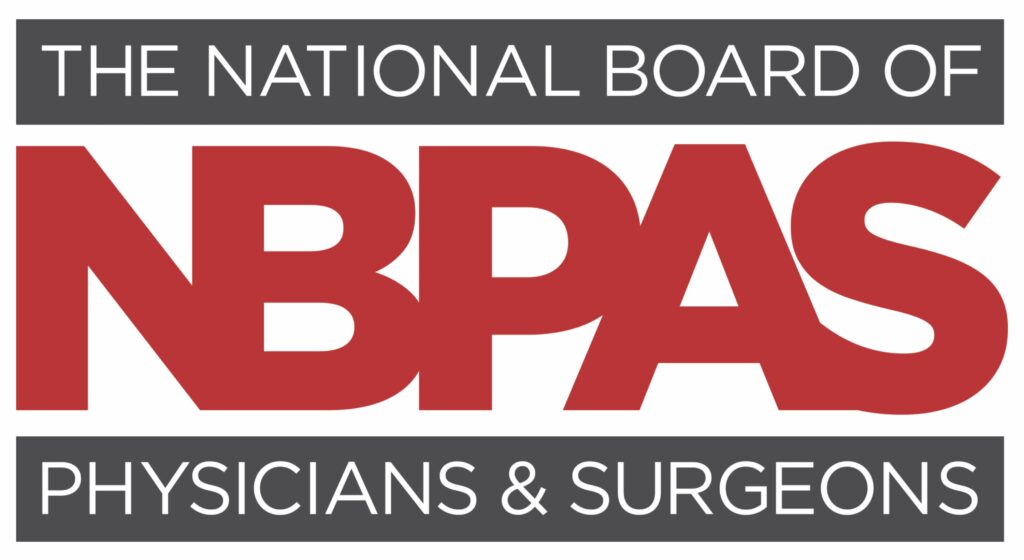Acne scars can be a frustrating reminder of past blemishes. Many people deal with acne in their youth, and even into adulthood, and acne marks are a common long-lasting effect of this acne. Reducing the appearance of acne scars is important for many adults, and there are a few methods that can lead to successful results. Before we talk about these methods, let’s first look at what acne scars are and what causes them.
What Are Acne Scars?
Acne scars are caused by damage to the skin. This damage causes abnormal collagen production. Scars are generally raised or bumpy. Acne scars can either be raised or depressed. Depressed acne scars can look like pits or craters. Both types of acne scars are permanent.
There are a few different types of acne scars. The first are hypertrophic scars, which are raised above the skin. Keloid scars are areas that have over-healed; these scars will be dense and rubbery. Atrophic acne scars are depressions in the skin, which are notoriously hard to treat. There are three types of atrophic scars:
- Boxcar scars: Boxcar scars are broad, rectangular indentations with steep, defined edges.
- Rolling scars: These scars are broad depressions with rounded, sloping edges.
- Ice pick scars: Deeper than they are wide, these scars tend to have jagged edges. They might look like a large, scooped out pore.
What Causes Acne Scars?
Acne scars are caused by pimples. Generally, scars only occur when the skin is opened up—like when you try to pop a pimple. Popping a pimple can lead to inflammation and abnormal pigment, texture, and tone. The best way to prevent scarring is to avoid disturbing pimples. Instead, treat them with a good skincare routine or professional treatment.
Sometimes, however, even a pimple that has never been bothered will leave a scar. This happens when the normal skin tissue is replaced by fibrous tissue. These scars can either be raised or depressed. Raised scars occur when the body creates too much tissue during the healing process, while depressed scars occur when the body creates too little tissue during the healing process.
Fortunately, there are a few different ways to reduce the appearance of acne scars.
Reducing the Appearance of Acne Scars
Here are five different ways you can reduce the appearance of pesky acne scars.
SkinPen II Microneedling: Microneedling is one way that people try to get rid of acne scars. With the SkinPen II, patients at Mirabile M.D. Beauty, Health & Wellness have seen some pretty dramatic improvement in the condition of their skin. SkinPen microneedling stimulates the skin to produce new collagen and elastin. The collagen increase can help fill in those pesky depressed scars while shrinking the raised scars.
The SkinPen II system is safe and effective, and it is a quick in-office procedure.
Venus Microlaser Peel: The Venus Microlaser Peel treatment is an additional treatment that can help reduce the appearance of acne scars. This treatment uses a laser that removes layers of skin to remove scars and discoloration. The Venus Microlaser Peel can be liked to four to five microdermabrasion treatments happening all at the same time.
The service is a simple, in-office treatment with two of three days of social downtime while the face heals. Some improvements will be noticeable within a few days, while more results will be noticeable within a couple of months of the procedure.
Retinoids and Tretinol: Topical retinoids and Tretinol have also been successful in treating acne scars. These products penetrate deep within the skin to stimulate cell renewal and reduce the appearance of skin imperfections, while also preventing the formation of acne. Mirabile M.D. offers three strengths of Tretinol including 0.25%, 0.5%, and 1.0%.
If you are interested in reducing the appearance of your acne scars, Mirabile M.D. is proud to offer SkinPen II microneedling treatments and Venus Microlaser Peel. To schedule a free consultation, contact Mirabile M.D. today at 913-888-7546.

